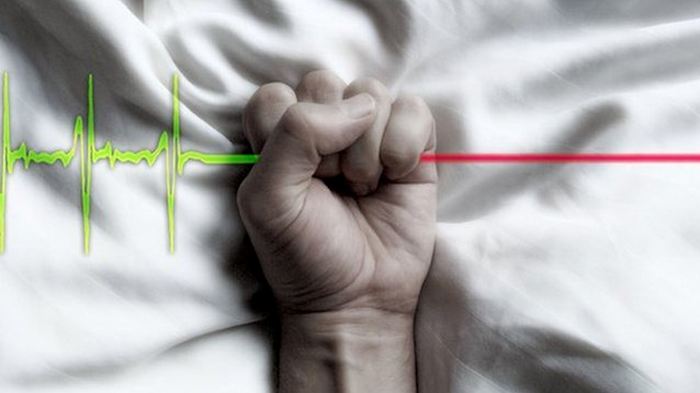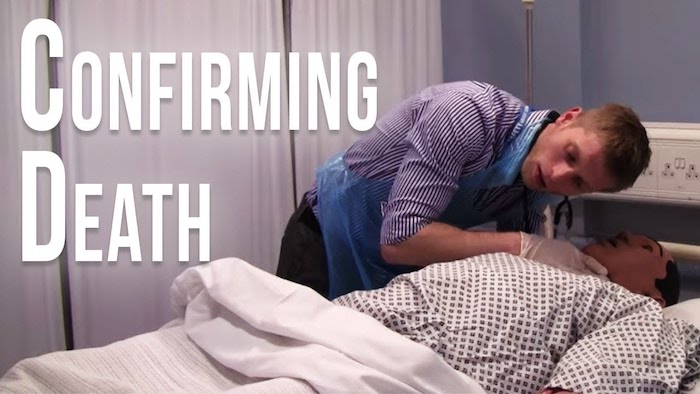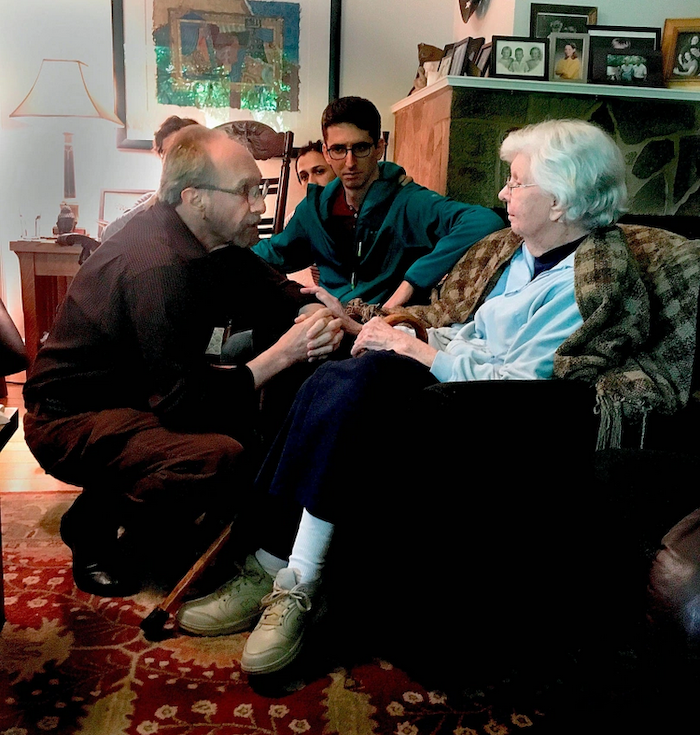
By Elliot Kukla
Yesterday, the sun did not rise in my Bay Area home. My toddler who usually wakes at dawn, slept until 9am and woke up confused, pointing to a dark umber colored sky, obliterated by clouds of smoke from wildfires billowing all over the West Coast. Even the hummingbirds and bees in my backyard were disoriented.
This fall, we are not approaching an ordinary New Year. I will celebrate Rosh Hashanah in my living room, connected by video conference technology to my community, as California burns, hurricanes threaten the southeast, and the entire country faces a lethal virus. Everything is changing. We can no longer even depend on the sky to be blue.
We have all faced so much loss in the year that passed, but have we taken time to grieve?
Some of the losses of the past year have been obvious and clear: Precious people have died, countless homes and habitats have burnt down, and jobs have been lost. Other losses are more amorphous. We don’t know yet what we will get back of the world of 2019: Will our kids ever get to play freely again? Will we have predictable seasons in the future?
I am a rabbi who offers spiritual care for grieving and dying. I have learned from my clients that grief is essential; without naming the loss we are unable to draw together and comfort each other and we remain isolated in our suffering. There is a cavernous absence of public grieving for the momentous losses we all are facing in 2020.
Just consider the scale of resources given to grieving the 3,000 lives lost in 9/11, versus the 190,000 people (and counting) who have died in the COVID-19 pandemic in this country. Where are the large national memorial services, the plans for monuments, the presidential condolence visits? Much of this disparity is linked to who is dying (at least in the public imagination), and the prevailing belief that “only” old, sick, and disabled people die of COVID-19.
Mourning is humanizing, and its absence cracks open the door to atrocities.
My Jewish ancestors were snatched off the street by SS officers and buried in mass graves; my queer ancestors were denied funerals out of fear and bigotry as they died of AIDS. My disabled ancestors were warehoused in institutions, and often buried without names on their graves. My trans ancestors are left murdered in alleys, their cases growing cold, as I write this.
Despite this lack of official lamentation, they found ways to mourn and be mourned by each other. Grief has always been a way for disenfranchised people to claim our value.
After surviving the Holocaust in Belgium, my great-grandmother Rivka moved to England. Before she died, she took my father out to the coal heap behind their home: “Swear on this mountain,” she said to him, “that you will mourn for me.” To this day, I feel bound by this oath made by my nine-year-old father long before I was born, to grieve for this woman I never met, whose face looks so much like mine.
My friend, Stacey Park Milbern, died on May 19th, 2020, her 33rd birthday. She did not die from COVID-19, but from battling for care in the beleaguered medical system as a disabled activist and a person of color in an era of pandemic. I attended her funeral from my living room. I picked white geraniums and purple thyme from my garden and held my partner close. The internet was flooded with what Stacey taught us.
Disabled activist Alice Wong wrote an obituary on loving Stacey and the radical world of love and care she had built. Wong’s post was filled with Stacey’s own words on her legacy: “I do not know a lot about spirituality or what happens when we die, but my crip queer Korean life makes me believe that our earthly bodyminds is but a fraction, and not considering our ancestors is electing only to see a glimpse of who we are.”
Reading Stacey’s words and Wong’s tribute, I felt my own sense of self-love as a disabled person, restored by mourning for Stacey, at the same time as aching against the unfairness of it all.
Rosh Hashanah is the beginning of the new year, but it is also a time to say good-bye to the year that past. Our ancestors, like us, lived in times of chaos and change. Tears are a central High Holy Day theme. All the traditional Torah and Haftarah readings for Rosh HaShana speak of weeping.
The Shofar itself is a symbol of tears. Our sages teach that the ram’s horn we blow on Rosh Hashanah must be kakuf (bent) to reflect our own bodies bent over in grief; while shevarim (the broken blasts of the shofar) are meant to echo the sound of our own tears, they are always surrounded by tekiah (whole sounds). This teaches us that even though our heart has been broken it has the capacity to be whole again and, in fact, more complete for having encompassed brokenness.
Grief is transformative: When we name the immensity of loss, we also claim the depth of our capacity for love.
Complete Article ↪HERE↩!







